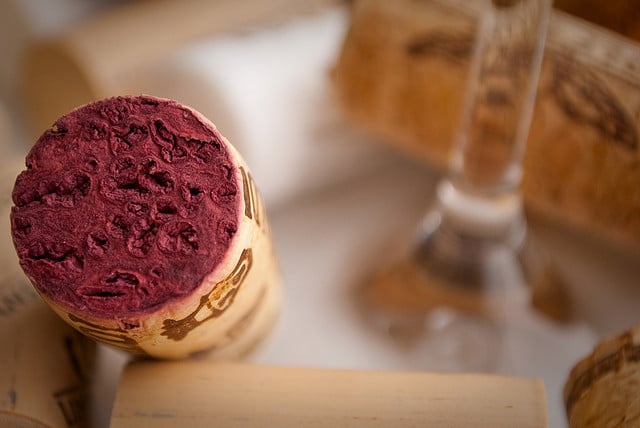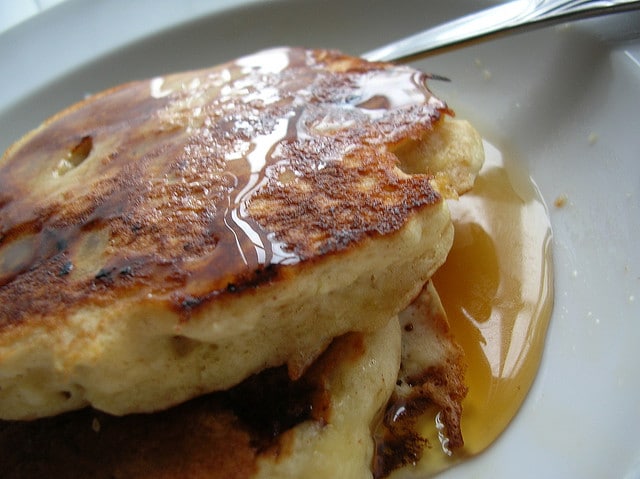
Making over 4,500 varieties of the beverage, grapes are typically the staple ingredient in wine; however, if you’d like even more choices wine can also be made without any grapes at all. In fact, many cultures first created wines with other ingredients like agave or honey (to create mead) long before being introduced to grape wine.
These fruit wines — which is a term that can be applied to any type of wine where grapes are not the main ingredient — are still produced today. They tend to be popular among home brewers in areas where the climate is not suitable for grape production. This would include much of Canada, the northern United States, Scandinavia, Africa, India and the Philippines. In North America particularly, berry wines are becoming increasingly popular, and more wineries are including these fruits in their wine production.
Winemaking Process
The winemaking process is estimated to date back as a far as 5,000 BCE; however, the science behind the process remained a mystery and all types of wines were essentially created through lengthy processes of trial and error.
Today, it is known that wine is created through a process called fermentation. This occurs when yeast is able to react with starches or sugars and transform them into carbon dioxide. In order for this to occur, the winemaking ingredients need to have balanced quantities of sugar, acid, tannins and nutritive salts.
While grapes naturally contain the ideal balance of these levels, they can be modified when making wine with other ingredients by adding water or sugar to adjust the acidity. Once the correct gravity has been obtained, the mixture is boiled before yeast is added and left to sit for several hours.
Once the alcohol has been created through this fermentation, wine is then usually put through this process a second time in order to decrease the acidity, making for a softer taste.

Photo courtesy of pontuse
Rice Wine
Rice is best known as a brewing ingredient in the popular Asian beverage of sake; however, this drink is created through a slightly different process known as mashing, which would technically classify it as a type of rice beer.
Rice wine is a separate beverage altogether, with a higher alcohol content from 15 to 25%. It is popular in many Asian cuisines as both a beverage and cooking spirit, with a taste that is comparable to dry sherry. It originated in China and East Asia using glutinous rice, but quickly made its way to India and South Asia through trade routes.
Today, Shaoxing is a popular brand, with an amber color and delightfully nutty flavor. In addition to being a drink in its own right, it is also used in a variety of Asian dishes like dumplings and stir-fries.

Photo courtesy of Crysti
Maple Wine
If maple syrup isn’t enough of a reason to love maple trees, wine can also be made from the trees’ sap. The process begins in a similar manner to maple syrup collection, with maple trees being drilled in the early spring in order to extract sap. This process can only be completed during the months of the first spring thaws, as this is when the tree sap is most active.
In sub zero temperatures, maple trees shut down all growth and stop the flow of sap, which ceases photosynthesis. Once the temperature begins to rise again, the trees come back to life in full force, re-growing all of their leaves.
Sugar maples are the top candidate for both wine and syrup creation, but black sugar, silver and red maple sap can also be used. Once the sap has been obtained, cloves and lemon juice are added to balance acidity levels and the mixture is boiled down. In order to produce 1 gallon of maple wine, 12 gallons of sap are required as much of the sap evaporates and condenses. In perspective, it takes approximately 40 gallons of sap to produce 1 gallon of syrup.

Photo courtesy of DeLaMartre
Carrot Wine
Vegetables and wine may seem like an even more unlikely combination than the previous blends, but carrot wine occupies the same bracket as many red grape wine varieties. This mean it pairs well with roast beef, lamb and pork and is best served at room temperature.
It can be made to taste either sweet or dry, but tends to have lower alcohol content than most other wines. This is usually around only 5% and sultanas and lemon juice often need to be added to maintain the correct gravity for fermentation.

Photo courtesy of Krappweis
Dandelion Wine
Dandelion Wine is probably better known as a novel by Ray Bradbury that the actual drink; however, with widespread populations of dandelions across North America, the drink can be made across wide climatic zones.
Making the wine begins with collecting flowering yellow dandelions between the months of March and May. While dandelion leaves can be used as a flavoring in salads, only the petals are used for wine making. They contain a barley sugar, which is too bitter to be eaten without first being fermented.
As dandelions close their flowers at night in the absence of sunlight — even after being picked — it is important to collect them in the early morning, in order to maximize the quality of the final wine. Even if a top quality is obtained, the taste of dandelion wine can vary significantly as in the United States alone, there are over 200 micro species of the flower.
This occurs through the dandelions’ reproduction process of apomixes, which essentially involves the flower cloning itself, but a slight discrepancy can lead to the creation of a whole new micro species.
Top Photo courtesy of Derek Gavey.
a

Jessica Festa is the editor of the travel sites Jessie on a Journey (http://jessieonajourney.com) and Epicure & Culture (http://epicureandculture.com). Along with blogging at We Blog The World, her byline has appeared in publications like Huffington Post, Gadling, Fodor’s, Travel + Escape, Matador, Viator, The Culture-Ist and many others. After getting her BA/MA in Communication from the State University of New York at Albany, she realized she wasn’t really to stop backpacking and made travel her full time job. Some of her most memorable experiences include studying abroad in Sydney, teaching English in Thailand, doing orphanage work in Ghana, hiking her way through South America and traveling solo through Europe. She has a passion for backpacking, adventure, hiking, wine and getting off the beaten path.








